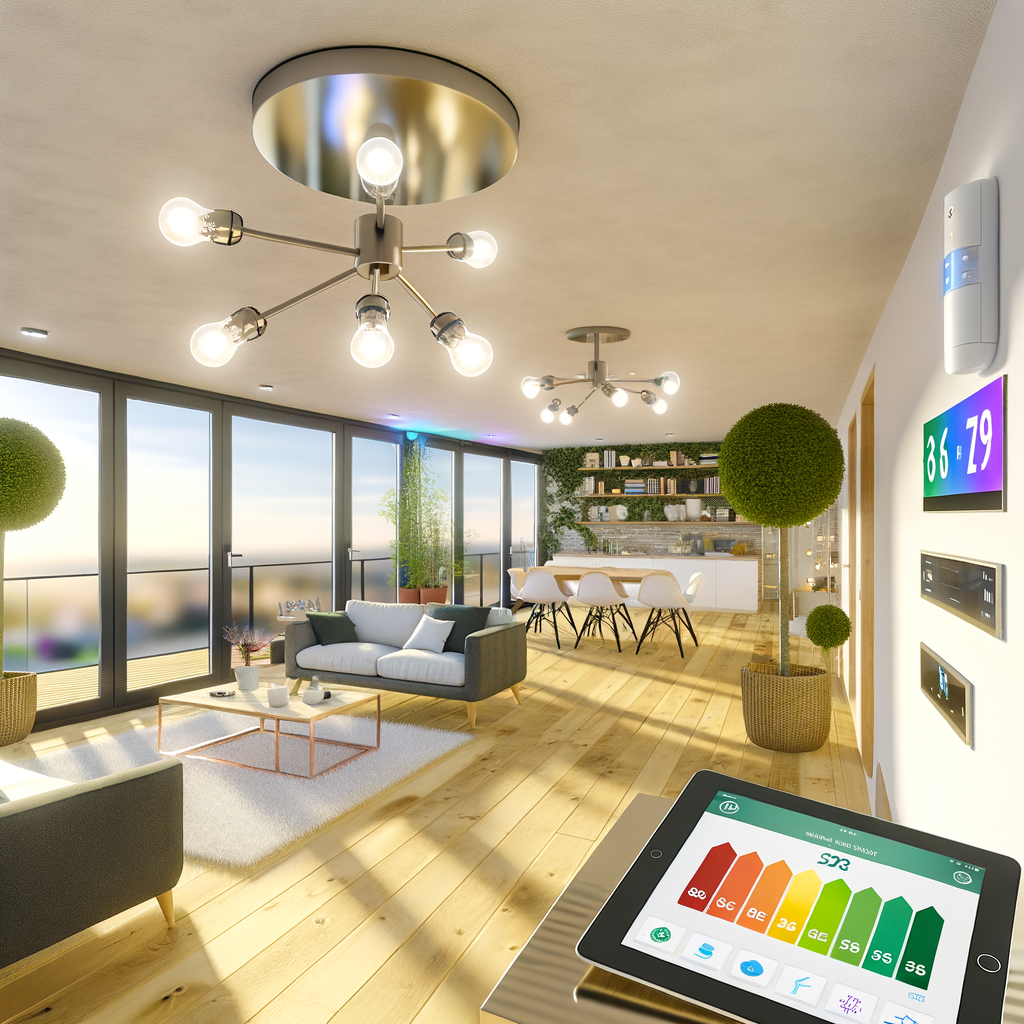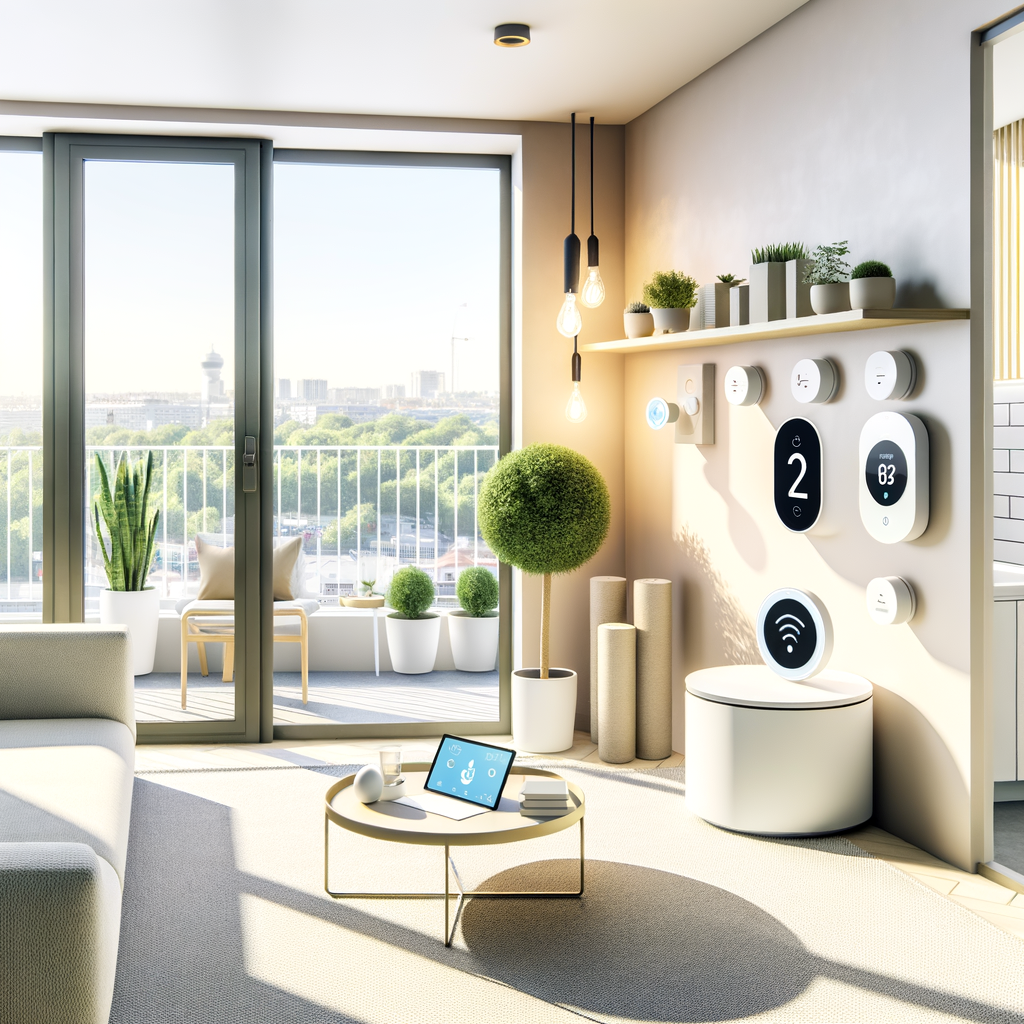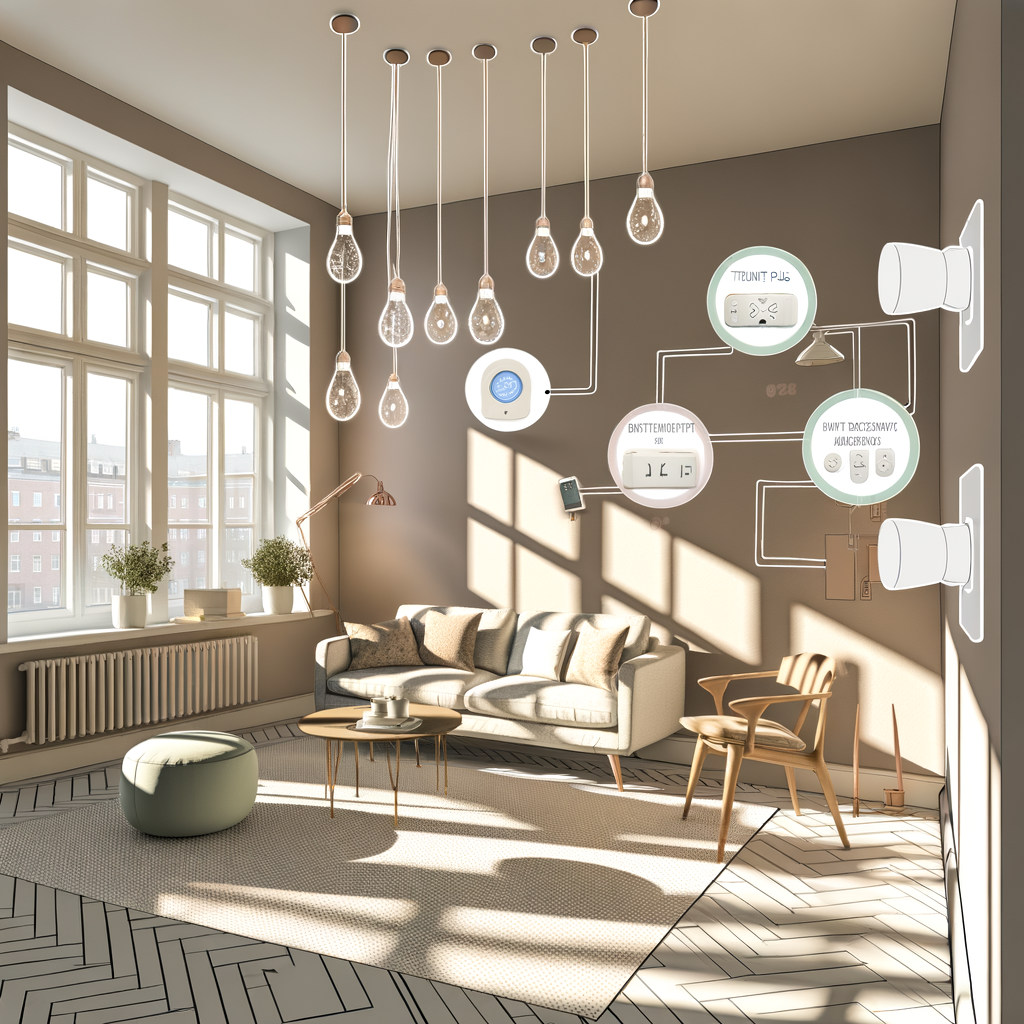Myth-Busting Smart Homes: 7 Common Misconceptions Renters Have About Energy-Efficient Tech
Smart home technology isn’t just for techies or homeowners with deep pockets. For renters looking to save money, reduce their carbon footprint, and enjoy modern conveniences, energy-efficient tech is more accessible than ever. Still, plenty of myths are floating around—myths that keep renters from taking full advantage of these practical, planet-friendly upgrades. Let’s tackle seven of the most common misconceptions and set the record straight once and for all.
Why Smart Home Tech Matters for Renters
Before we dive into myth-busting, it’s worth noting why every renter should care about energy-efficient tech:
- Lower utility bills—Smart tech is designed to use less power and save you money.
- Comfort on demand—Customize your home’s environment with a tap or voice command.
- Reduce environmental impact—Cut energy waste for a greener rental lifestyle.
- Modern convenience—Enjoy features like remote control, automation, and voice integration.
Now, let’s separate fact from fiction and empower you to start smartening up your rental!
Misconception 1: “Smart Home Tech Isn’t Allowed in Rentals”
The Myth
Many renters assume landlords won’t allow any smart tech upgrades, especially those related to thermostats, lighting, or security devices.
The Reality
Most smart home devices are plug-and-play, don’t require hardwiring, and can be installed without leaving any trace. Landlords are mainly concerned about permanent changes or damage, not temporary, reversible improvements.
- Devices like smart plugs, voice assistants, and smart bulbs sit on top of your existing infrastructure.
- Battery-powered smart security cameras and sensors use adhesive or magnetic mounting options.
- If a little setup is necessary (like mounting a hub), removable adhesive strips often do the trick.
Actionable Advice: Always check your lease and ask your landlord before making upgrades that require mounting or electrical modifications. Highlight how your smart device is temporary, non-damaging, and can benefit their property (like smart leak detectors!).
Misconception 2: “Smart Tech Requires Expensive Renovations”
The Myth
Renters may think smart home upgrades involve rewiring, drilling, or significant construction—none of which are usually allowed in a rental.
The Reality
Most modern smart home essentials are simple, low-commitment, and portable. Setup usually takes minutes, not hours.
- Smart bulbs screw right into existing sockets—no new fixtures required.
- Smart thermostats often pop onto your current wall plate, and many models don’t need a C wire or professional installation.
- Smart plugs convert any lamp or appliance into a remotely controlled, energy-efficient device.
Actionable Advice: Look for smart home products labeled as “renter-friendly,” “tool-free install,” or “wireless.” Read reviews from other renters for real-world installation tips.
Misconception 3: “You Need to Own a Home to Use Energy-Efficient Smart Tech”
The Myth
There’s a perception that smart home benefits—like reduced utility bills—are only for homeowners who plan to stay long term or see permanent savings.
The Reality
Even short-term renters can slash energy waste and pocket those monthly savings. Plus, most devices are totally portable—they move with you to your next place!
- Smart plugs, bulbs, and sensors are tiny and perfect for packing.
- Subscription-based automation (like energy monitoring apps) stays with you, wherever you go.
Actionable Advice: Invest in plug-and-play smart products that you can easily remove (and reuse) when you move. Save your boxes and user manuals for quick reinstallation down the road.
Misconception 4: “Energy-Efficient Gadgets Are Prohibitively Expensive”
The Myth
Some renters skip smart tech because they’re wary of upfront costs, assuming it’s a luxury they can’t afford.
The Reality
Smart home prices have dropped dramatically in recent years, especially for plug-in smart plugs, LED bulbs, and entry-level thermostats. Plus, these devices often pay for themselves in energy savings within a year or less.
- LED smart bulbs can cost as little as $10-$20 per bulb.
- Smart plugs start around $10 and let you cut phantom energy use from “always-on” appliances.
- Starter kits for smart thermostats are now available for under $80 after rebates.
Actionable Advice: Watch for local utility rebates on thermostats and lighting. Consider starting small—add just one or two devices, then expand as your budget allows and savings add up.
Misconception 5: “Smart Devices Are Complicated and Hard to Set Up”
The Myth
Tech intimidation is real! Some renters picture complex apps, endless troubleshooting, and hours of frustration just to turn a light bulb on remotely.
The Reality
Intuitive apps and voice control have made smart tech easier than ever for beginners. Most devices feature:
- Step-by-step instructions in-app or via QR codes
- Automatic discovery (just plug in and connect via WiFi or Bluetooth)
- Seamless integration with Alexa, Google Assistant, or Apple HomeKit
Actionable Advice: Stick to devices from trusted brands with robust customer support and clear setup instructions. Search for “no hub required” for the most straightforward options. Still stuck? YouTube and Reddit communities can guide you through most installation snags.
Misconception 6: “Energy-Efficient Tech Doesn’t Make a Noticeable Difference”
The Myth
Some skeptics believe the savings from a few smart gadgets are negligible—so why bother?
The Reality
Even minor upgrades can add up to big energy (and dollar!) savings over time. Consider these real benefits:
- Smart thermostats can cut heating and cooling costs by 10-20% annually by learning your schedule.
- Smart bulbs and plugs can reduce lighting and idle appliance usage by 30% or more.
- Energy monitoring outlets give you visibility into exactly where your power dollars are going, helping you change habits for even bigger impact.
Actionable Advice: Track your electricity bills before and after installing smart devices to see the effects for yourself. Many energy-efficient gadgets come with usage reports to keep you motivated and on track!
Misconception 7: “Smart Homes Compromise Privacy and Security”
The Myth
Security and privacy are hot-button topics. Some renters hesitate to bring in devices for fear of being hacked, recorded, or data-mined.
The Reality
Today’s major brands invest heavily in device and data security. Key privacy controls typically include:
- Encrypted transmissions to prevent interception
- Local storage (where possible) and customizable sharing settings
- Multiple layers of authentication
- User-controlled voice assistant settings (e.g., mute buttons, local processing)
Actionable Advice: Stick to reputable brands. Keep your devices’ firmware and your WiFi network secure with strong passwords and regular updates. Read the privacy settings carefully and disable unnecessary logging or integrations.
Practical Tips for Renters Starting with Smart Energy Tech
- Start small—One smart plug or bulb can showcase the benefits quickly.
- Opt for portable tech—Focus on devices you can take with you at move-out.
- Seek compatibility—Choose devices that work with your preferred digital assistant or smartphone ecosystem.
- Educate




